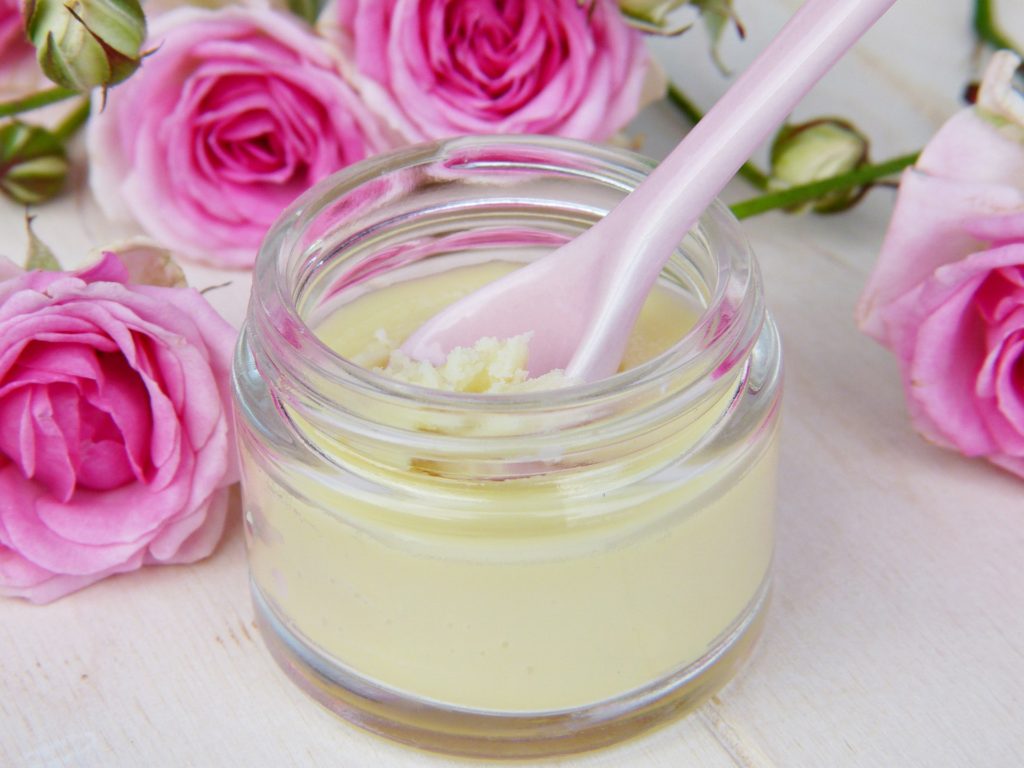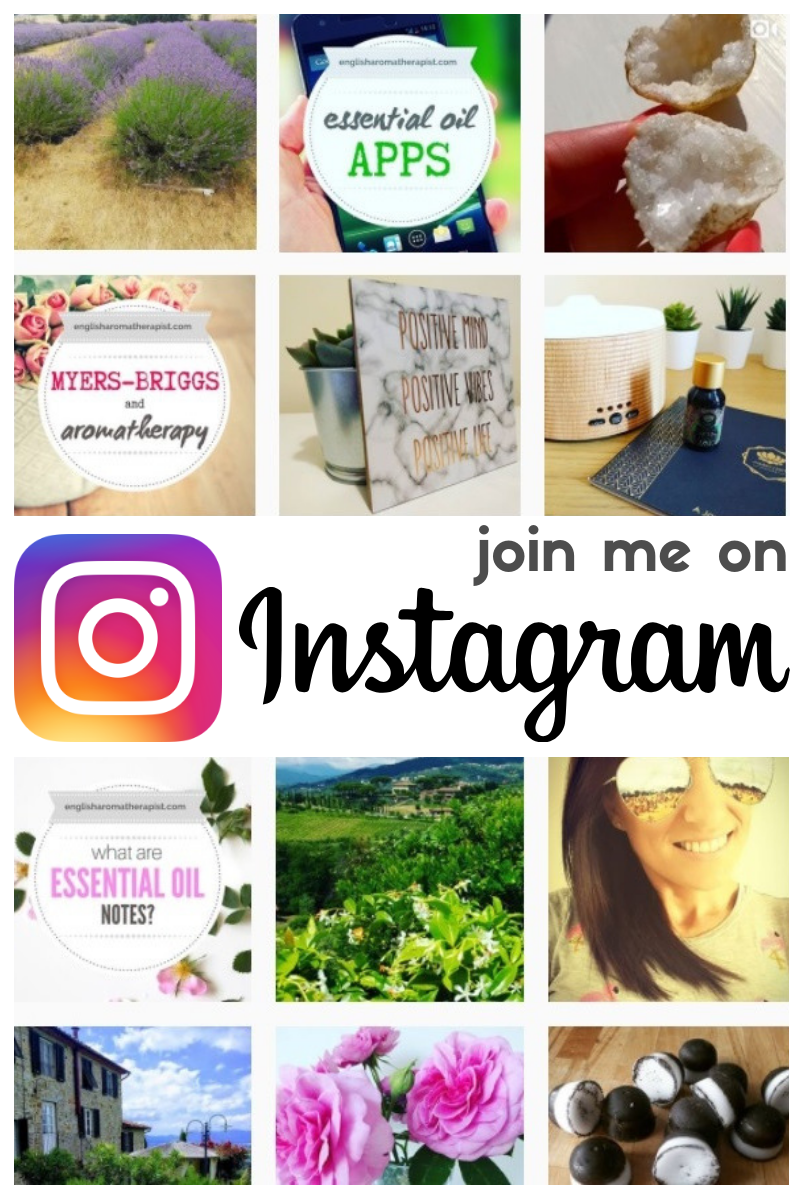Adding Essential Oils to Beauty Products

Many people like to add a few drops of essential oils to their favourite moisturiser, shampoo or body lotion.
It’s seen as an easy way to incorporate the benefits of essential oils into your daily beauty routine.
But is this wise?
Personally, it’s not something that I do myself. To be honest, I always felt slightly uncomfortable about the idea of casually mixing essential oils into a beauty product off the shelf. It goes against my instincts to mix natural essential oils into a synthetic base.
I think it stems from a quote I read about 15 years ago in one of Valerie Ann Worwood’s books, which said:
“It is important not to mix essential oils into products that might contain any synthetic components, as these might inadvertently be carried into the body by ‘piggy-backing’ on to the essential oils which permeate the skin with such ease.” (Aromatherapy for the Beauty Therapist, Valerie Ann Worwood)
Valerie explains that “scientists around the world have been looking into the possibility of using [essential oils] as a delivery system for medications. This is called ‘the piggy-back effect’”.
So, this suggests that it’s perhaps not a good idea to mix essential oils into synthetic lotions and creams, as their chemical components might permeate deeper into the body as a result of this ‘piggy-backing’ effect.
Since then, this little nugget of information has always stuck in my mind. I’ve always been interested to learn more, but it’s not something that’s often discussed.
As I’m not a chemist, I don’t know if the above statement is true. We do know that some essential oils can act as “enhancers” to increase penetration of other substances into the skin.
I also found this article which gives an example of a rodent study that found topical application of essential oils “enhanced the delivery of a drug” into the bloodstream. It’s claimed that this “provides evidence that essential oils can act as a delivery vehicle for substances on the skin” – therefore, perhaps we should think carefully about our choice of base product.
This makes me question the idea of casually mixing essential oils into just any old beauty products from the store. My instinct would be to only blend essential oils into carrier oils and lotions that are purposely manufactured for this reason.
So what?
Whether this ‘piggy-backing’ concern is valid or not, there’s also a second issue to take into consideration.
When you add essential oils to your moisturiser, you’re changing the formulation of the product. Adding extra ingredients can also change the shelf life of the product. And how do you know these drops are going to be properly blended in?
As formulation expert Ginger L. Moore explains*:
“There are some serious issues with purchasing an unscented lotion such as the ones mentioned. These are what we in the professional cosmetic industry call “finished retail products”. They are not “base products”. They are formulated and manufactured to be used as-is by the end user. They are not formulated to have anything added to them. Doing so can destabilize the emulsion and compromise the preservative system. That includes adding essential oils”
Of course, anecdotal evidence shows that people DO add essential oils to their moisturisers and shampoos without a problem. It may be that adding just one drop here and there isn’t enough to negatively affect its formulation. But formulation experts advise that more caution should be taken.
In this article, The Aromapologist writes:
“Adding additional ingredients not accounted for in the original formulation of a product runs the risk of potentially cracking emulsions, wrecking the preservation qualities, altering the product’s pH – which could affect the preservation as well as how friendly it is to your skin, and so on.”

What can we use?
If you want to add essential oils to beauty products at home, it’s best use a base product that has been specially formulated for this purpose. As The Aromapologist explains, “each base has its own formulating parameters which must be respected if the product is going to remain in shelf-stable condition.”
Most good aromatherapy companies supply unscented base products (such as shampoo, shower gel and lotions) that are designed for essential oils to be added. They should also tell you how much essential oil can be safely added to the base product – for example, up to a 5% dilution.
This way, you can confidently add essential oils to create your own tailor-made beauty products, safe in the knowledge that you’re not disrupting the formulation balance.
In Conclusion
There’s a misconception that you can use just any old unscented lotion or cream to dilute your essential oils. For the reasons explained above, it seems this is not such a wise idea.
As Valerie Ann Worwood explains, “it is always preferable to use entirely natural ingredients as mediums in which to dilute essential oils”. Clearly, it’s far better to blend your essential oils into naturally sourced carrier oil than it is to blend them into a commercial body lotion.
If you do want to blend essential oils into a lotion, make sure it’s a proper “base product” that is fit for this purpose – not just something from the supermarket.
Further Reading
DIY and the Abuse of Commercial Cosmetics
A good article about skin penetration in relation to cosmetics and skin care products
More about “driver oils” to enhance penetration into the skin
* The link for this quote is within a closed Facebook group, so you might not be able to read it without joining the group first.
What to Read Next: Essential Oil Sprays
Follow me on...
Share this on...
